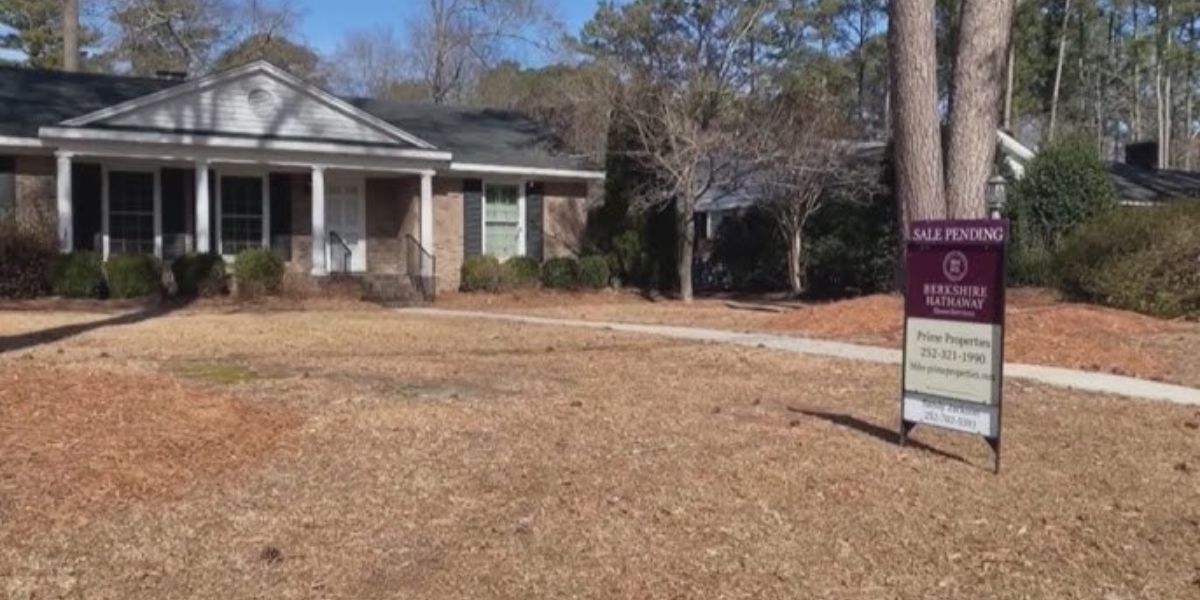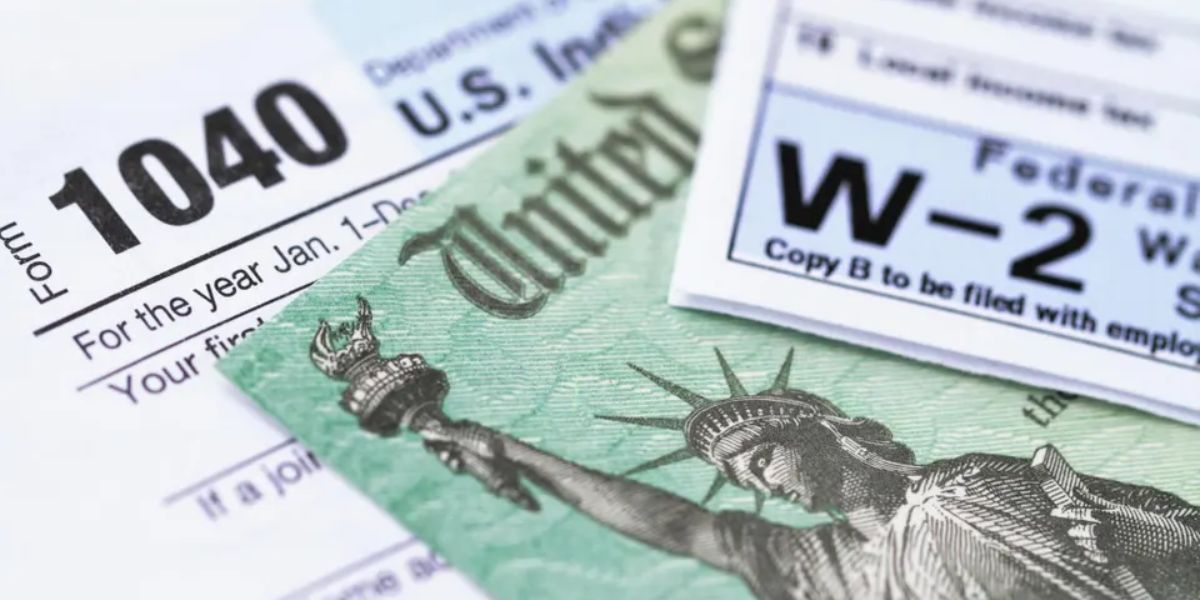In Iowa, where homeownership is a cornerstone of stability and affordability, thousands of longtime owners are learning that selling their home could trigger a tax bill they never expected.
That’s because nearly 1 in 10 homeowners are now subject to what’s becoming known as a hidden home equity tax.
According to the National Association of REALTORS, 9.8% of Iowa homeowners have accrued more equity than the $250,000 capital gains exclusion allows for individuals. For joint filers, 1.0% have surpassed the $500,000 limit. And while these numbers are lower than in coastal states, they still represent tens of thousands of Iowa families facing an avoidable financial hit.
Federal caps that haven’t kept up with the market
The capital gains tax exclusion—$250,000 for single sellers, $500,000 for couples—was enacted in 1997 to shield most homeowners from taxes when selling their primary residence. But unlike many other tax thresholds, these caps were never tied to inflation.
Since then, U.S. home values have more than tripled. Had the exclusions been adjusted accordingly, they would now be about $660,000 and $1.32 million. That oversight has left more homeowners in places like Des Moines, Cedar Rapids, and Iowa City exposed to capital gains taxes on real estate.
In Iowa, capital gains are taxed at the state level as ordinary income, with rates up to 6%. That’s on top of federal capital gains taxes, which can reach 20%—creating a substantial combined bill for many longtime homeowners.
Modest homes, major tax surprises
What’s surprising in Iowa is that you don’t need to live in a luxury home to cross the line. Appreciation in popular metro areas and farming communities alike has helped homeowners build equity over time. But now, those gains may be taxable—just for staying put.
According to NAR estimates, the average homeowner exceeding the exclusion in Iowa could owe tax on $75,666 beyond the $250,000 cap. For those over the $500,000 threshold, the average taxable gain jumps to $121,027.
These kinds of surprise liabilities can derail retirement plans or delay important life transitions. That’s why more homeowners are consulting financial advisors and learning how capital gains tax applies to a home sale before listing.
By 2035, risk will more than triple
Current rates of exposure are just the beginning. By 2035, the National Association of REALTORS® projects that 31.8% of Iowa homeowners will exceed the $250,000 exemption, and 5.8% will exceed the $500,000 cap.
That dramatic increase—especially in a state where homes have historically remained affordable—highlights just how outdated the federal tax policy has become. And it’s contributing to a broader market issue that economists call the “stay-put penalty,” where homeowners opt not to sell, freezing inventory and making housing more scarce.
Updating the law could help homeowners move forward
To fix the problem, housing advocates are backing the More Homes on the Market Act. The proposed legislation would double the capital gains exclusions and tie them to inflation, ensuring fairness for longtime owners.
“Equity shouldn’t be a trap,” says Shannon McGahn, chief advocacy officer at the National Association of REALTORS®. “It should be a stepping stone for the next chapter”.
Until then, Iowa homeowners should explore ways to minimize their liability. That might include strategic timing of a sale or learning capital gains rollover strategies. With the right preparation, it’s possible to preserve more of the wealth you’ve earned—without sacrificing your next move.




